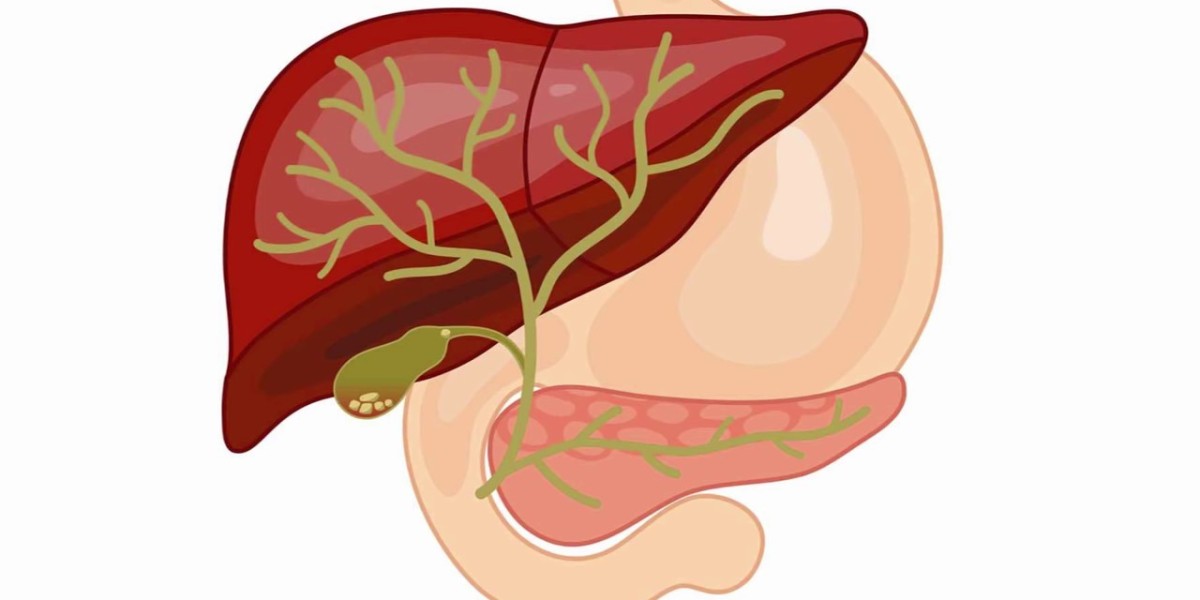Cancer, in any form, is often likened to navigating a labyrinth, and Bile Duct Cancer is no exception. Nestled deep within the intricate network of the body's digestive system, this rare and challenging disease poses significant hurdles for both patients and medical professionals. However, armed with knowledge and understanding, navigating this maze becomes a more manageable journey.
What is Bile Duct Cancer?
Bile Duct Cancer, also known as cholangiocarcinoma, originates in the Bile Duct Cancer, which are slender tubes that transport bile from the liver to the small intestine. Bile ducts play a crucial role in digestion by aiding in the breakdown of fats. When cancerous cells develop within these ducts, they obstruct the flow of bile, leading to a cascade of complications.
Understanding the Risk Factors
While the exact cause of Bile Duct Cancer remains elusive, certain risk factors have been identified. Chronic inflammation of the bile ducts, often due to conditions like primary sclerosing cholangitis (PSC) or infections with certain parasites, increases the likelihood of developing this cancer. Additionally, individuals with a history of liver fluke infestation, exposure to certain chemicals or toxins, or those with congenital abnormalities of the bile ducts are at heightened risk.
Symptoms and Diagnosis
One of the challenges in diagnosing Bile Duct Cancer lies in its subtle and nonspecific symptoms, which often mimic those of other digestive disorders. These symptoms may include jaundice, abdominal pain, unexplained weight loss, and itching. Due to the location of the bile ducts deep within the body, tumors can grow undetected until they reach an advanced stage. Diagnosis typically involves a combination of imaging tests such as CT scans, MRIs, and endoscopic procedures like ERCP (Endoscopic Retrograde Cholangiopancreatography) or PTC (Percutaneous Transhepatic Cholangiography).
Treatment Options
Treatment for Bile Duct Cancer depends on various factors, including the stage of cancer, its location, and the overall health of the patient. Surgery remains the primary treatment option for localized tumors, aiming to remove the cancerous tissue and, if possible, reconstruct the bile ducts. In cases where surgery is not feasible, or if the cancer has spread beyond the bile ducts, treatments such as chemotherapy, radiation therapy, or targeted therapy may be recommended to manage symptoms and slow the progression of the disease.
The Importance of Research and Awareness
Despite advances in medical science, Bile Duct Cancer remains a formidable adversary, with limited treatment options and a relatively poor prognosis, particularly in advanced stages. Thus, research aimed at understanding the underlying mechanisms of this disease and developing more effective treatments is crucial. Moreover, raising awareness about the risk factors, symptoms, and available resources can empower individuals to seek early detection and appropriate medical care.
In the intricate landscape of cancer, Bile Duct Cancer presents a unique set of challenges. However, by deepening our understanding of this disease, recognizing its symptoms, and advocating for research and awareness, we can better navigate the maze it presents. Through collaboration between patients, caregivers, healthcare professionals, and researchers, we can illuminate the path towards improved outcomes and, ultimately, a brighter future for those affected by Bile Duct Cancer.
Get More Insights On Bile Duct Cancer
Explore More On Bile Duct Cancer



